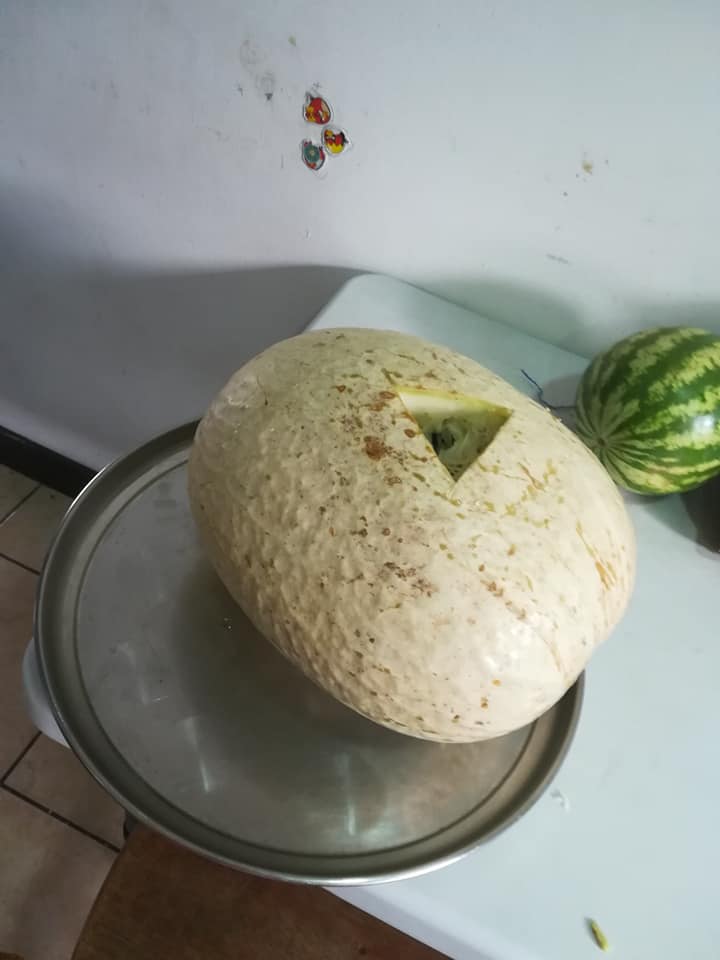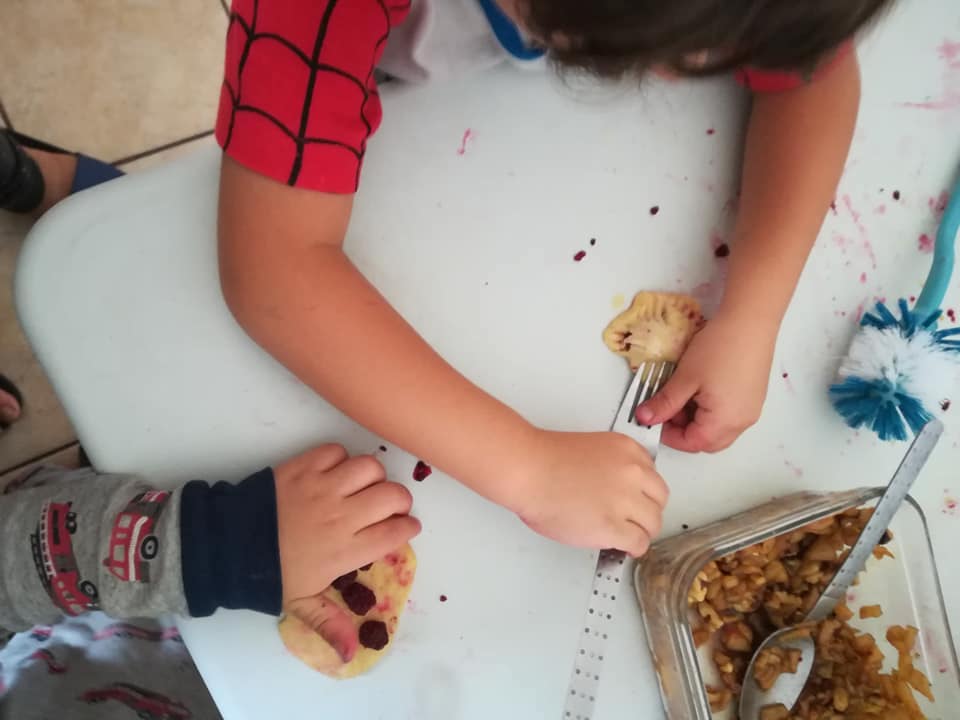The month: March 2020. The state of mind: shock, panicked boredom.
Thousands started making sourdough bread. But not in this Costa Rican kitchen.
There, a mother of three decided to face down a recipe that not even her cooking-obsessed family was accustomed to tackling—one that had been too onerous for her mother or even her great-grandmother, the family’s kitchen mastermind. The epic quest she chose to take on is a Holy Week tradition, miel de chiverre. The pale, unassuming, tough-shelled orb holds a secret: transforming this squash into thick, sweet jam takes not hours, but days.
At a time when life had moved online, she followed a friend’s instructions from lockdown and posted her progress on Facebook. Day one, roast. Day two, drain. The days keep passing, with new ways to extract every possible ounce of liquid: beat, hang, sun-dry, put through the washing machine. Once it’s been strained five ways to Sunday, it goes back into water, boiled with tapa dulce and cloves, cinnamon, or your own little touch.
When it was finally ready, she hid it in sweet empanadas—the dough made with a recipe the great-grandmother did leave behind. Piled them high on a plate. Tasted, sighed, recovered.
Yummy? Yes. Again? Never. She’ll happily return to the tranquil ranks of miel-de-chiverre-buyers. But you can’t roast a squash over Zoom, and you can’t listen to it in the washer without laughing. During weeks spent in online stress, news cycles and case trackers, it gave their hands a task. Many tasks, in fact.
During a time of isolation, it pulled the five of them together around the table.
During a dry, hot, anxious season, it reminded them that they could make their own sweetness.
Inspired by the story of Ana María Camacho and pandemic experience making miel de chiverre for the first time. Our weekly Media Naranja column tells short love stories with a Costa Rican twist. During our May edition, “Food that Roots Us,” we’re focusing on Costa Ricans’ relationship with their own cuisine.













